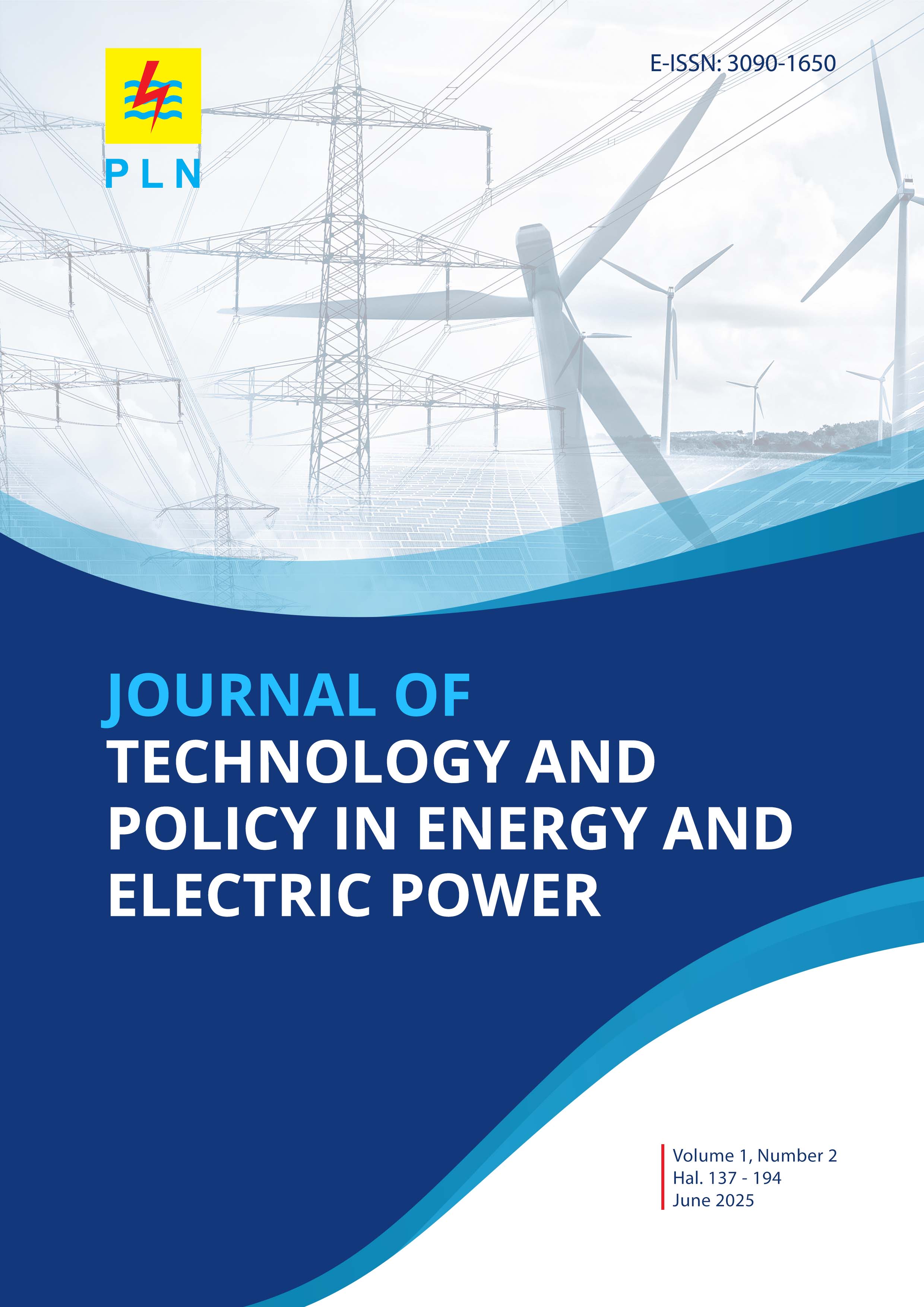A Comparative Analysis of Carbon Pricing Schemes on The Cost of Reducing Carbon Emissions In The Java, Madura, and Bali Regional Power Generation Sector
Main Article Content
Abstract
This study conducts a comparative analysis of carbon pricing schemes on reducing carbon emissions in the electricity sector in Java, Madura and Bali (Jamali). The method used is a quantitative simulation of the cost of reducing carbon emissions in the Jamali generation system for three carbon price scenarios: Emission Trading System (ETS), Cap and Tax (CT), and abatement cost (AC). The results show that with a carbon pricing scheme for emission reduction as much as the cost of carbon pricing requires, regardless of the technology, every increase in carbon tax by 1 USD/ton CO2 results in an increase in electricity prices. In contrast, the cost of emission reduction analysis shows that in the initial phase of tariff implementation, the carbon mitigation cost for the carbon tax scheme is around USD 45 million and USD 137 million for the emissions trading scheme (ETS), to reduce emissions by approximately 22 million tons of CO₂. However, this value increases significantly by the end of the policy period, with estimates reaching USD 6 billion per ton of CO₂ for the carbon tax scheme and USD 4 billion per ton of CO₂ in the ETS framework, to achieve the emission reduction target of 48 million tons of CO₂. Meanwhile, the NZE and NZE-CAP scenarios reduce emissions intensity to 0.844 tons of CO₂ per MWh and 0.781 tons of CO₂ per MWh, respectively, with abatement costs of USD 67/ton CO₂ and USD 70/ton CO₂.
Article Details
Section

This work is licensed under a Creative Commons Attribution 4.0 International License.

